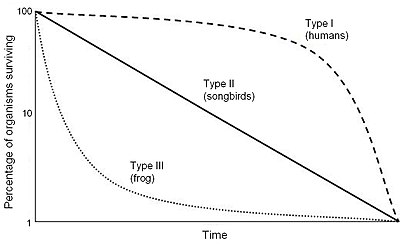“I understand your concern,” said Alessandro, “but I came across some startling information! Did you know that incandescents actually release mercury into the environment too? In fact, 100W incandescent bulbs, some of the most common, release approximately sixteen milligrams of mercury into the environment over the course of their lifespan. Incandescents require more energy than CFLs and therefore power plants need to produce more energy, so more fossil fuels are burned and more mercury is released. This is compared to 23W CFLs, some of the most common fluorescent bulbs, that only release eight milligrams of mercury into the environment over their lifespan.”
“Interesting,” Carmela explained, “I didn’t know that? I guess incandescents harm the environment even more than CFLs. But what about if someone drops a CFL bulb in their home? Wouldn’t that harm them? People could get hurt. Incandescents don’t contain any mercury.”
“Very true,” said Alessandro, “But if we’re extra careful with them, CFLs are the better choice for the environment. We’ll work hard to make sure this one gets recycled after it dies out, but even if it’s not, it will still release less mercury into the environment than an incandescent.”
“That’s a good point,” said Carmela, “we’ll just have to be extra careful with them.”
Before Carmela could finish her thought, Judy interjected, “Wow, Alessandro! I didn’t know that either! Good to know. But don’t CFLs have a shorter lifespan when you turn them on and off frequently? Won’t we just have to buy them more often? And they’re more expensive than incandescents - this TreeHouse is on a budget.”
“I completely understand your concern, Judy,” said Alessandro, “but I’ve also come across research that tested the lifespan of CFLs when used with shorter operation cycle times. The study started with three hour cycles being the cycle time that gives the bulbs the longest lifespan. When the average cycle time was reduced from three hours to one hour, the fluorescent bulb lasted eighty-percent of its projected lifespan. When the average cycle was reduced to fifteen minutes, the bulb lasted only thirty percent of its projected lifespan. When the average cycle was reduced to five minutes, the bulb only lasted fifteen percent of its project lifespan.”
Judy exclaimed, “See?! I told you incandescents were the better choice for our budget. If we keep buying these things for the TreeHouse, we’ll just blow through all of our money. Is it really worth it?”
“It depends,” said Alessandro, “If everyone in the TreeHouse can agree to only turn the lights on when they absolutely need to and not only for a few minutes here and there, the CFLs are the better choice for our wallets and the environment. If used correctly, CFLs can last ten times longer than incandescent bulbs.”
“But what if people are irresponsible with turning the lights on and off ? Not everyone is as careful as the three of us you know? We’d need to buy new CFL bulbs just as often as we already need to with the incandescents, and incandescents are much less expensive,” explained Judy.
“That’s an excellent point,” said Alessandro, “But CFLs require four times less energy than incandescents. Even if people in the TreeHouse lessen the lifespan of the CFL, the amount of energy we will save on our electric bill will greatly outweigh the cost of the bulbs.”
“Good point,” said Judy, “I didn’t really think about that.”
“Wow,” Carmela exclaimed, “You really did your research, Alessandro! I’m impressed. I think CFLs are the winner here - hands down. We just need to be extra careful so they don’t break and leak mercury in the TreeHouse. We should also make posters for around campus instructing people to recycle their CFLs instead of just throwing them away.”
“I agree,” said Judy, “CFLs are the best pick after all! If we can use them responsibly, this TreeHouse will be in great shape.”
“I’m glad we can all agree,” said Alessandro, “Now let’s go eat some bagels!”
Information Source: Ramroth, Laurie. "Comparison of Life-Cycle Analyses of Compact Fluorescent and Incandescent Lamps Based on Rated Life of Compact Fluorescent Lamp." Rocky Mountain Institute. Feb. 2008. Web.
Story Line Modeled After: Boose, David L. "A Green Light for CFLs?" Gonzaga University. Biology Department. Print.
Image: http://hhomedesign.com/wp-content/uploads/2015/03/Designer-Treehouses.jpg
























